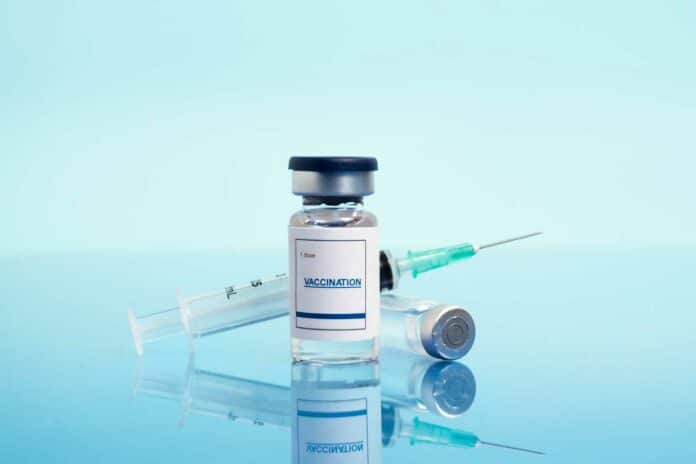As work progresses on creating a universal coronavirus vaccine, often referred to as a pan-coronavirus vaccine, it becomes crucial to provide guidance to potential funders, researchers, and manufacturers. This guidance highlights the potential value of such a vaccine and how this value may vary based on different characteristics of the vaccine and the vaccination process.
The study, conducted by researchers from the Public Health Informatics, Computational, and Operations Research (PHICOR) group, the CUNY Graduate School of Public Health and Health Policy (CUNY SPH), and the National School of Tropical Medicine at Baylor College of Medicine (BCM), demonstrates that having a universal vaccine at the beginning of the pandemic would have yielded significant health and economic benefits across nearly all scenarios tested.
The study suggests that if a universal vaccine had been available at the onset of the pandemic, it could have saved millions of lives, alleviated suffering, and prevented billions of dollars in direct medical and related costs. This would have occurred until the development, testing, and emergency use authorization process for the strain-specific (SARS-CoV-2) vaccine, which took 10 months.
The research team created a computational model to assess the value of investing in developing and stockpiling a universal coronavirus vaccine. This model simulated the entire U.S. population, including the introduction and spread of a novel coronavirus like SARS-CoV-2 in 2020, along with resulting health (e.g., infections, hospitalizations) and economic (e.g., direct medical costs, productivity losses) outcomes. The simulations explored scenarios where a universal coronavirus vaccine was available at the onset of the COVID-19 pandemic.
Even as a standalone intervention without additional measures like face mask use or social distancing, vaccinating with a universal coronavirus vaccine proved cost-saving. This was true even when the vaccine’s efficacy was as low as 10%, and only 10% of the U.S. population received the vaccine.
For instance, with a 10% efficacy universal coronavirus vaccine, vaccinating a quarter of the U.S. population within two months of the pandemic’s start could prevent an average of 14.6 million infections and save over $27 billion in direct medical costs. This low vaccine coverage could occur if the vaccine were initially limited to certain high-risk groups, similar to the approach taken with mRNA vaccines in December 2020.
Peter J. Hotez, MD, PhD, dean of Baylor’s National School of Tropical Medicine and co-director of the Texas Children’s Hospital Center for Vaccine Development, said, “COVID-19 was the third major and serious coronavirus epidemic or pandemic following SARS in 2002 and MERS in 2012, thus, we should anticipate a fourth coronavirus outbreak within the next decade or so. A universal vaccine is cost-effective and cost-saving and a priority for advancement.”
The study demonstrates that a universal coronavirus vaccine remains highly cost-effective even if a more specific and efficacious vaccine becomes available. For instance, if it takes four months or longer for a strain-specific vaccine to reach the market, using a universal vaccine still proves to be cost-saving.
In a scenario where a strain-specific vaccine, with 90% efficacy, is unavailable for two months after the pandemic’s onset, the model results indicate that vaccinating just 10% of the population with a universal vaccine having 10% efficacy at the beginning of the pandemic can save over $2 billion in societal costs (including direct medical costs and productivity losses from absenteeism).
This underscores the importance of having a readily available universal vaccine as a temporary measure, especially considering the time needed to develop a strain-specific vaccine during a pandemic to match circulating virus strains.
Bruce Y. Lee, MD, MBA, executive director of PHICOR and professor at CUNY SPH said, “Our study shows the importance of giving as many people as possible in a population at least some degree of immune protection as soon as possible. Having a universal vaccine developed, stockpiled, and ready to go in the event of a pandemic could be a game-changer even if a more specific vaccine could be developed three to four months later.”
Journal Reference:
- Sarah M. Bartsch, Kelly J. O’Shea, Danielle C. John et al. The potential epidemiologic, clinical, and economic value of a universal coronavirus vaccine: a modelling study. eClinicalMedicine. DOI: 10.1016/j.eclinm.2023.102369
